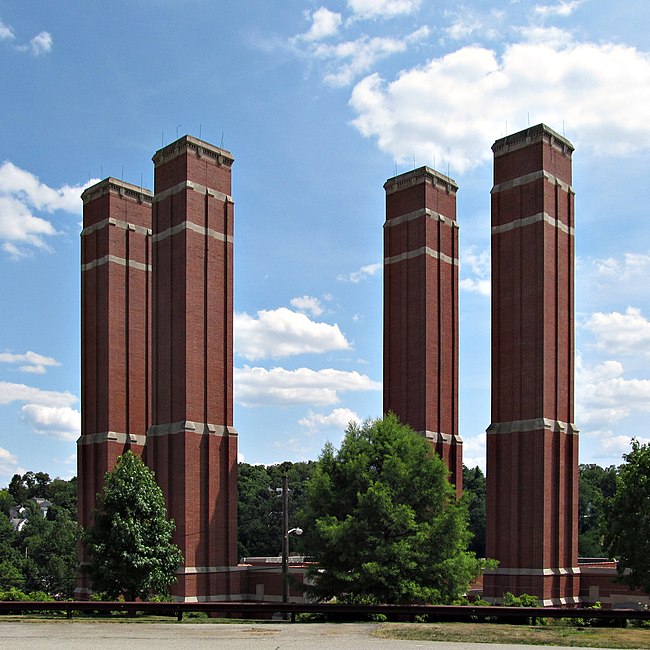
Update: Although it is often written that the fan houses were built in response to the near-disaster of the Tubes’ first traffic jam, it turns out that the ventilation system was planned from the beginning, with the fan house and stacks at their current location. Source: The American Contractor, July 14, 1923: “Fan Houses & Stacks: $133,000. 1 sty. 190×110. Liberty Tunnell, cor. Senate [sic, = Secane] & Ruth, Pittsburgh. Archt. A. D. Meeld, 708 Bakewell bldg., Pittsburgh. Owner The Commrs. of Allegheny Co., A. C. Gumbert, Court House, Pittsburgh. Brk. & limestone. Gen. contr. let to Williams & Hass, Empire bldg., Pittsburgh. Htg. & plmg. to United Gas Improvement Co., Broad & Arch sts., Philadelphia, Pa.”
Father Pitt keeps the original article below, but read it with that knowledge in mind.
When the Liberty Tubes opened in 1924, they had no ventilation system. They didn’t need one, the engineers said. Cars whooshing through the tunnels would carry the bad air out with them.
If you have ever driven in the Liberty Tunnels at rush hour, you can probably spot the flaw in that theory.
It did not take long for the flaw to become obvious. On May 10, 1924—when a transit strike was going on—a traffic jam filled the tunnel, and more than forty people passed out and needed medical attention. It was lucky no one died.
The fan house finally went into service in 1928. It has four giant chimneys, two for intake and two for exhaust. They’re a prominent landmark on the back side of Mount Washington, although it can be fiendishly difficult to find one’s way to them in the warren of precipitous streets.
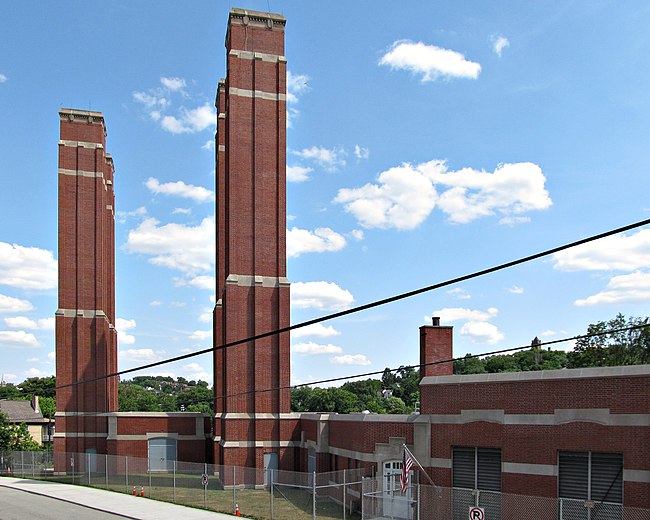



We should note that sources disagree about whether the fan house was part of the original plan. In some tellings (like the Wikipedia article), it was a reaction to the disastrous traffic jam of May 10. In others (like this very interesting feature from WESA), it had been planned all along, but the tunnels were opened well before the ventilation system was completed. Father Pitt has not been able to sort out which version is the real story in the limited time he was willing to devote to research, and he invites anyone with a good source to speak up in the comments. (Update: Father Pitt himself found the good source, and you have seen the results in the update above.)




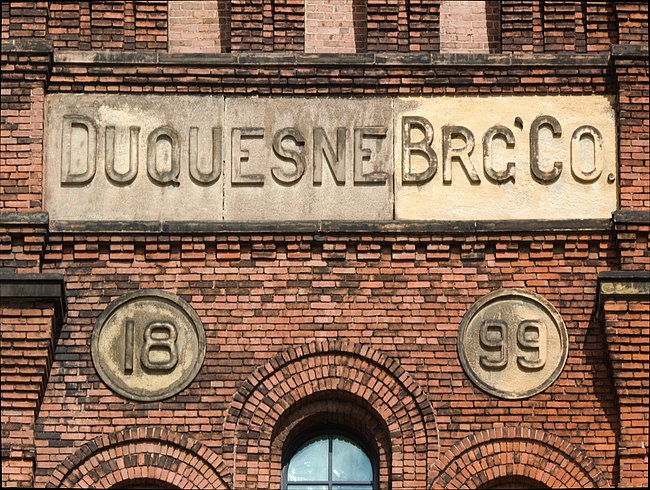
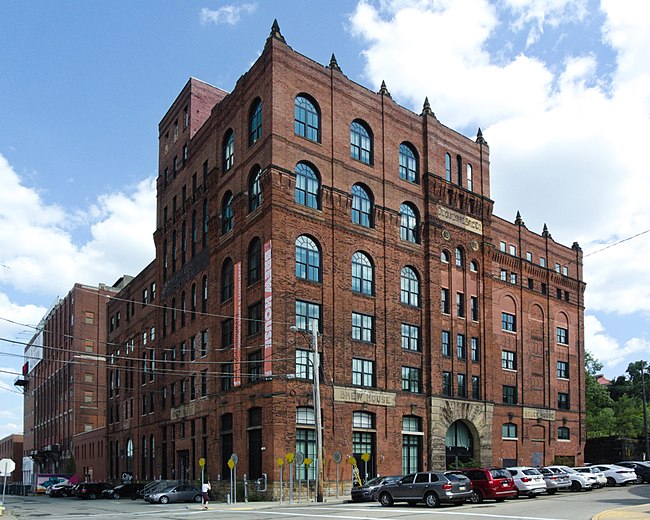
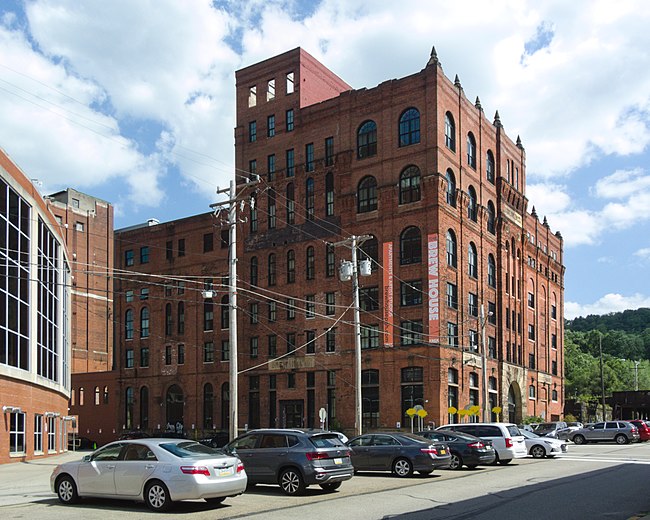


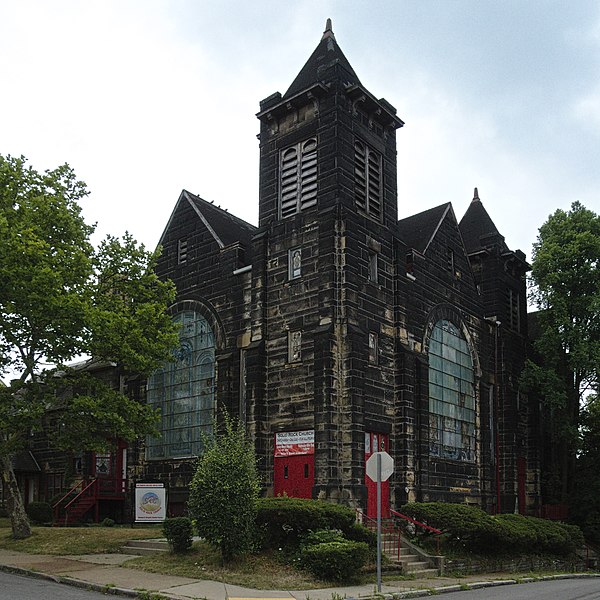

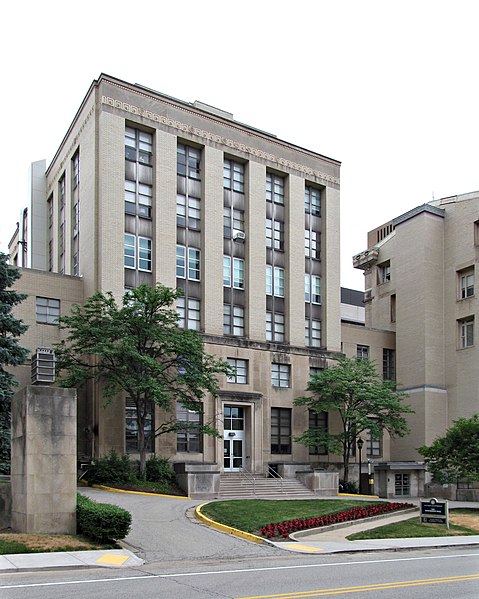

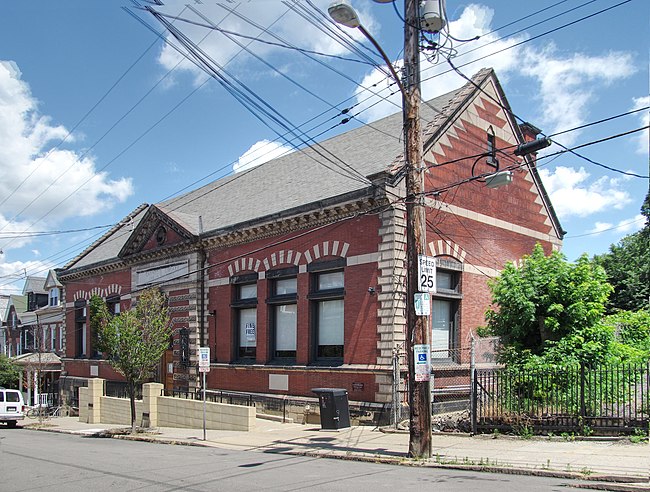

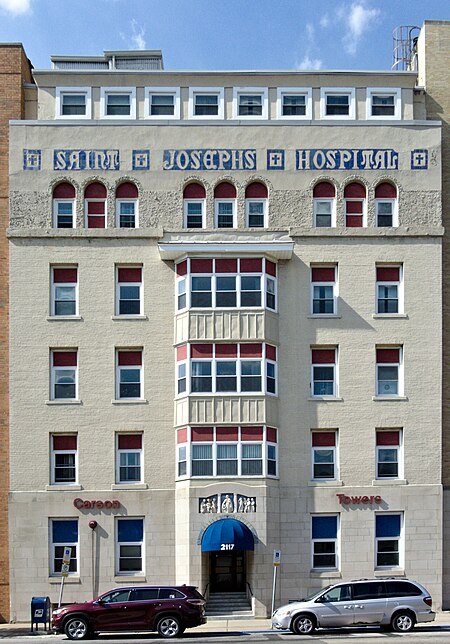

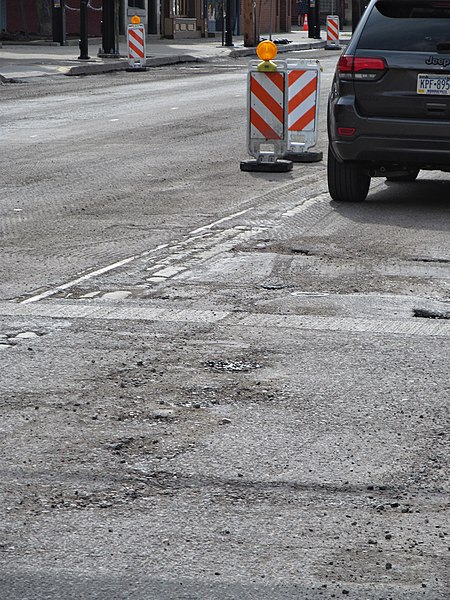


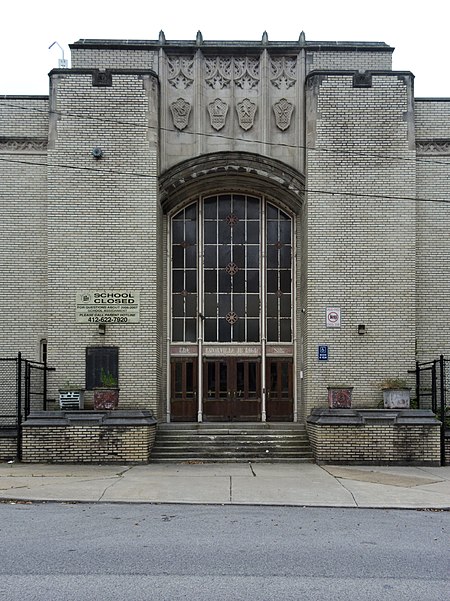




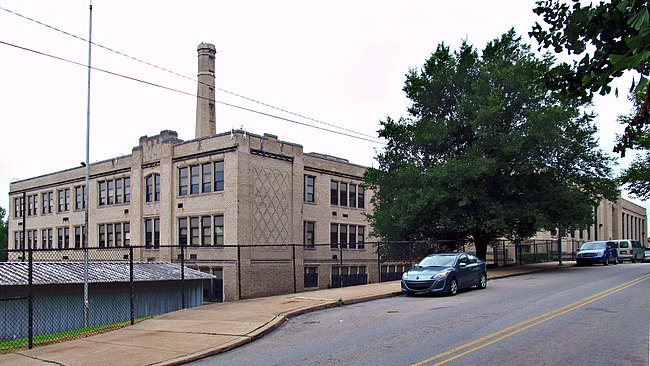




One response